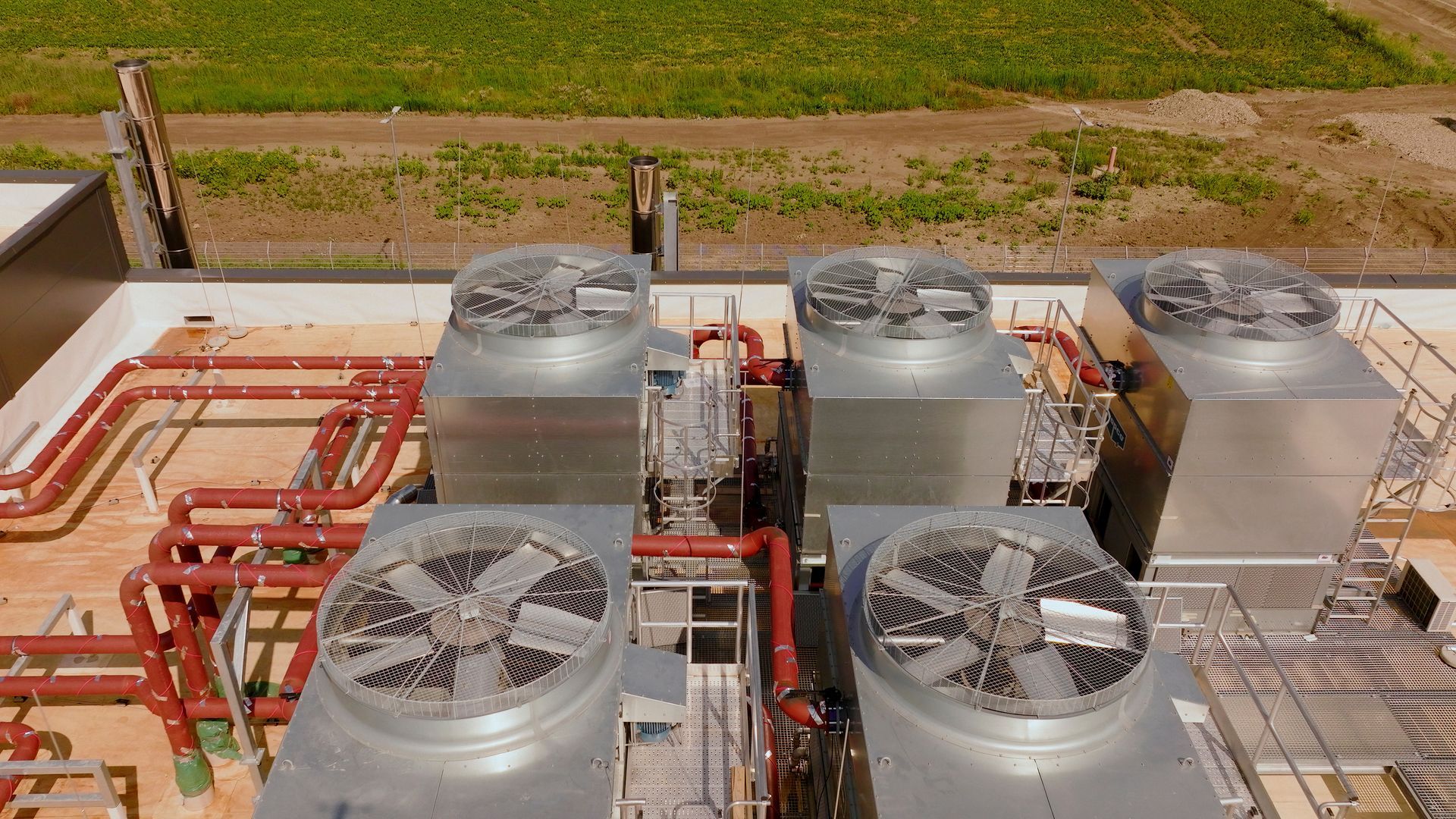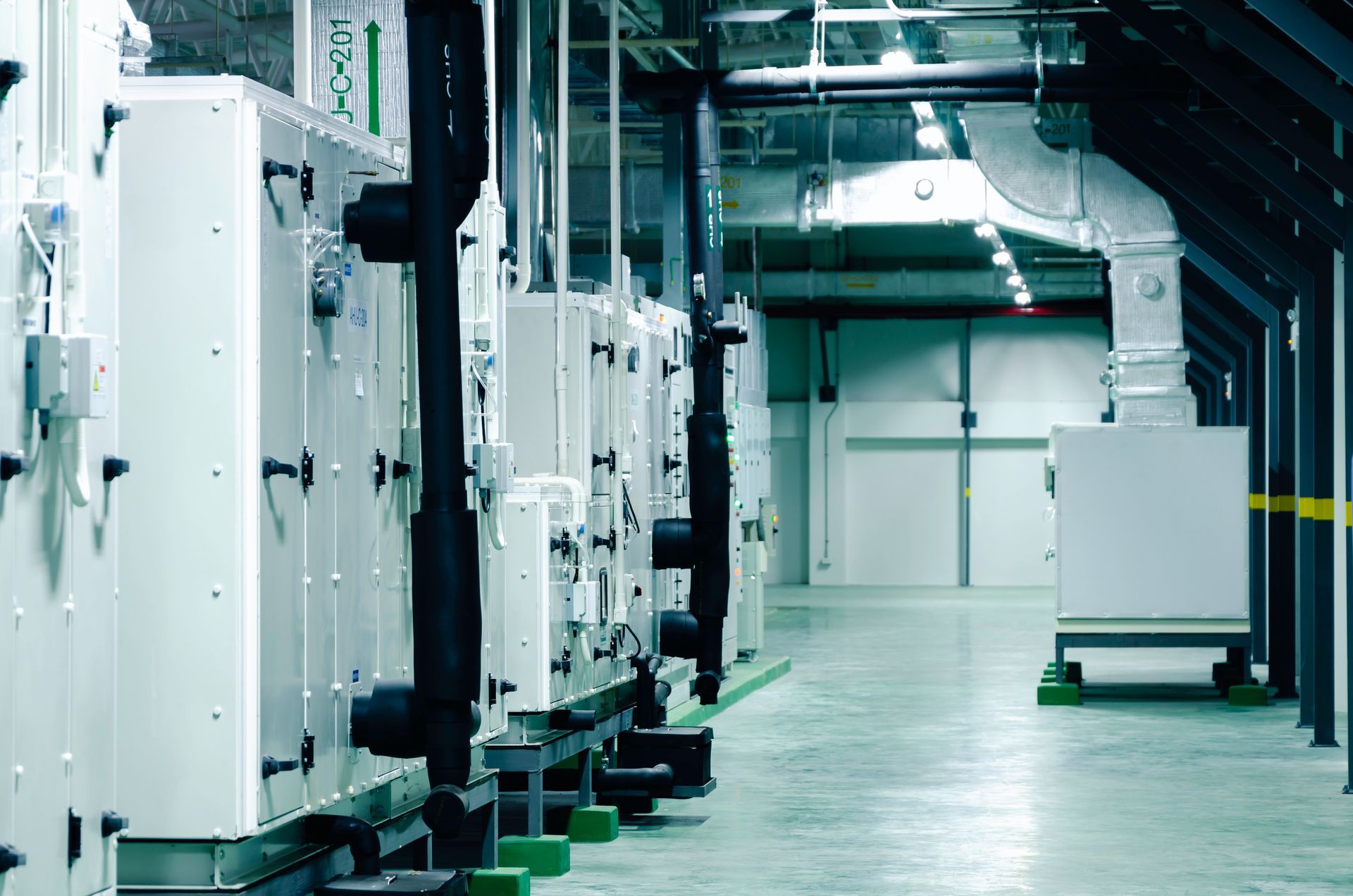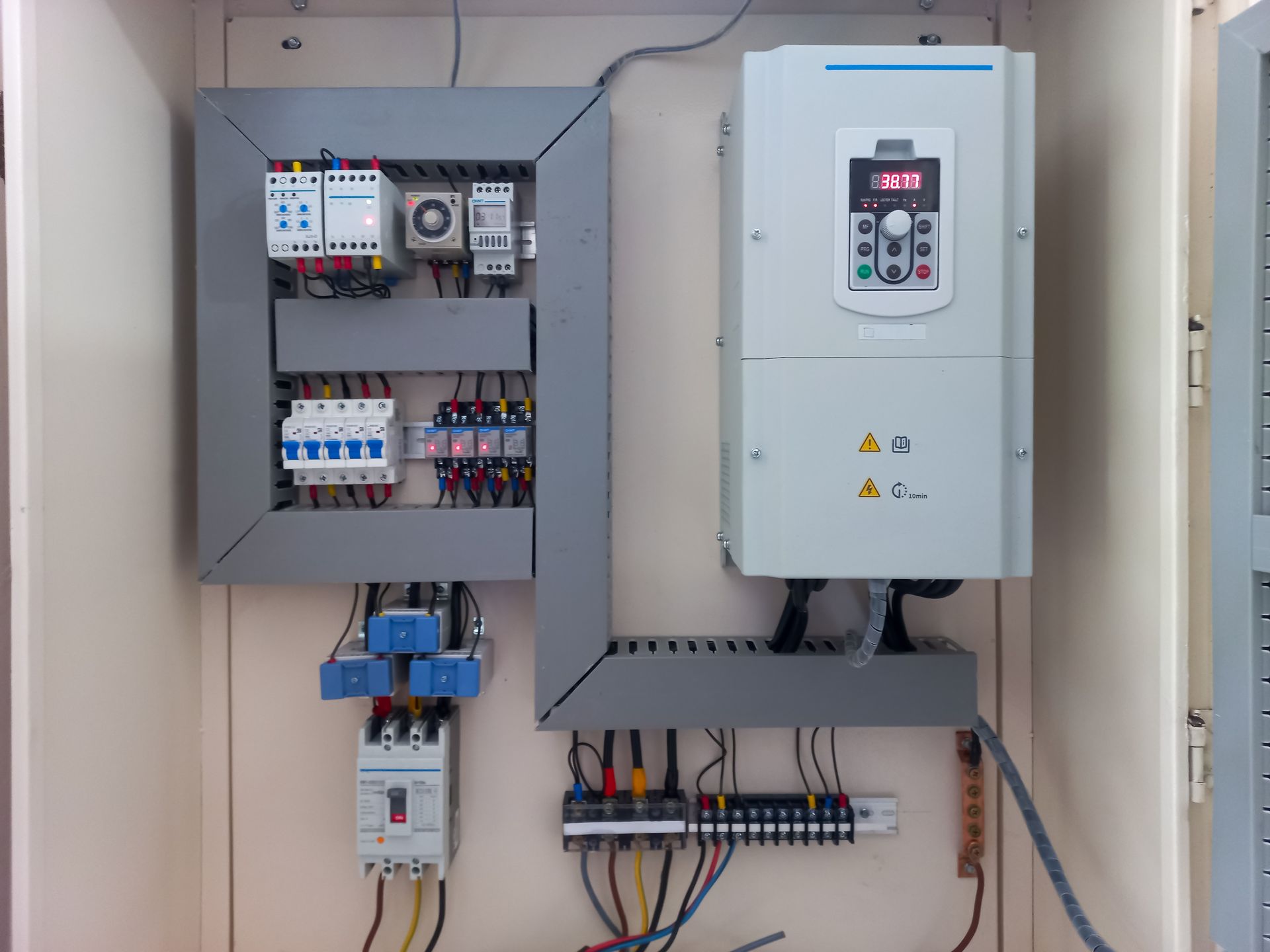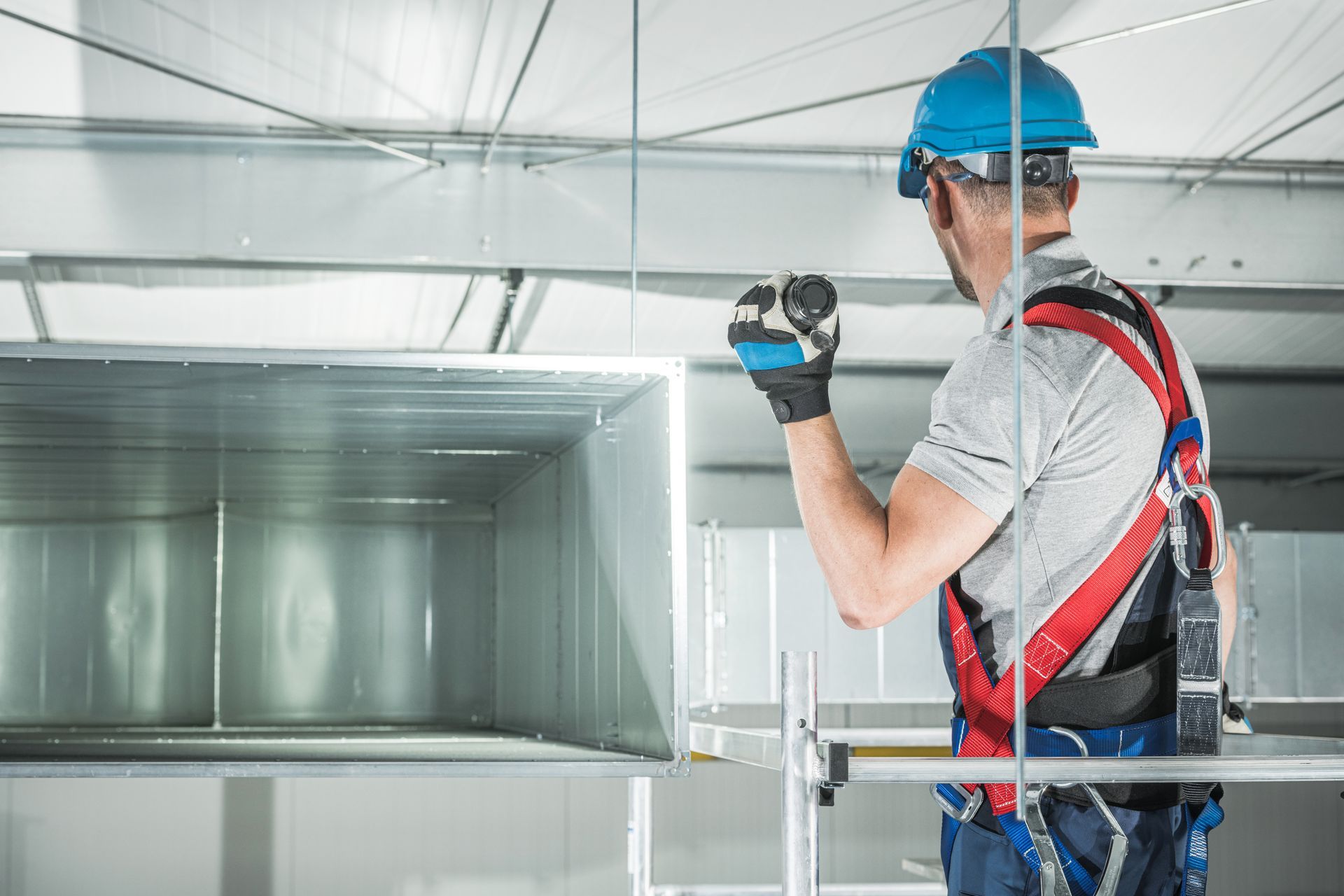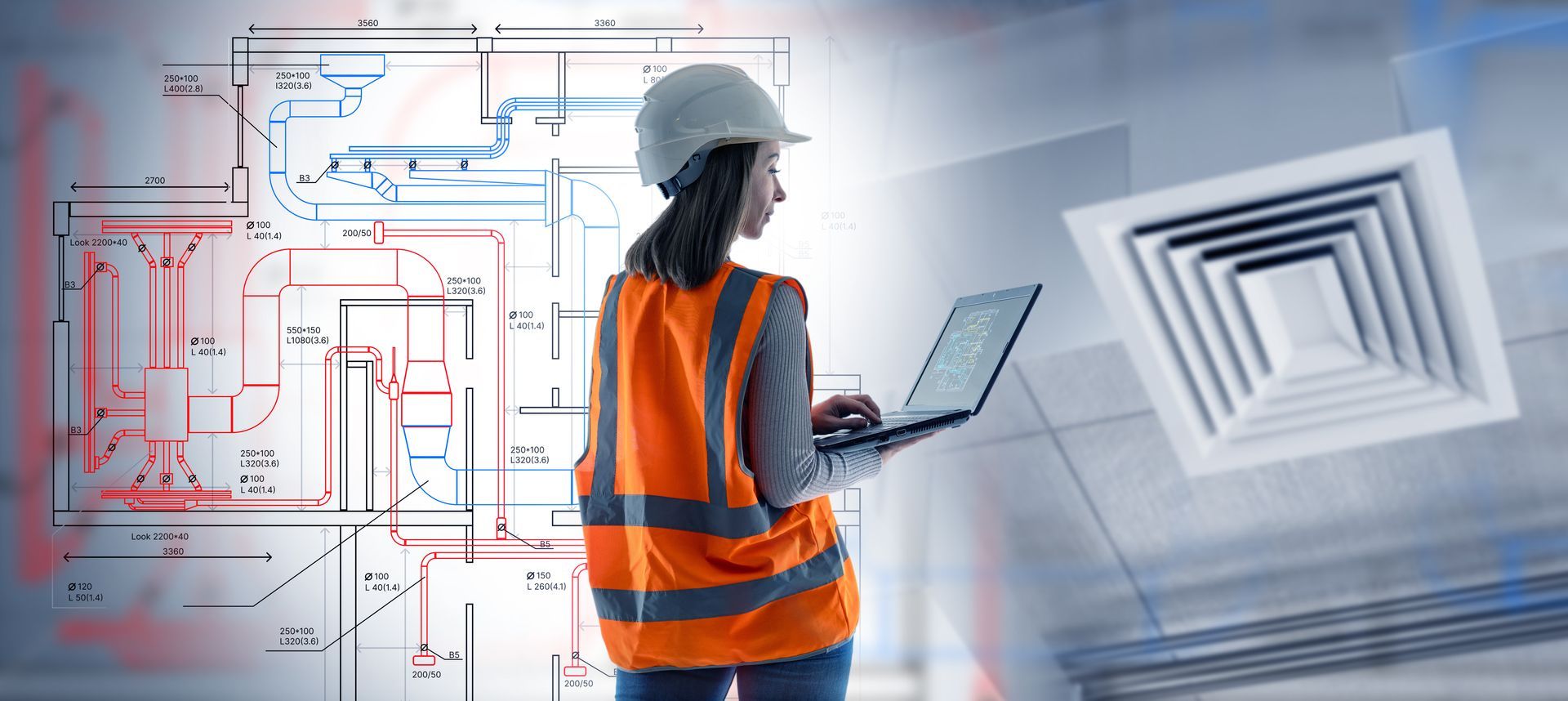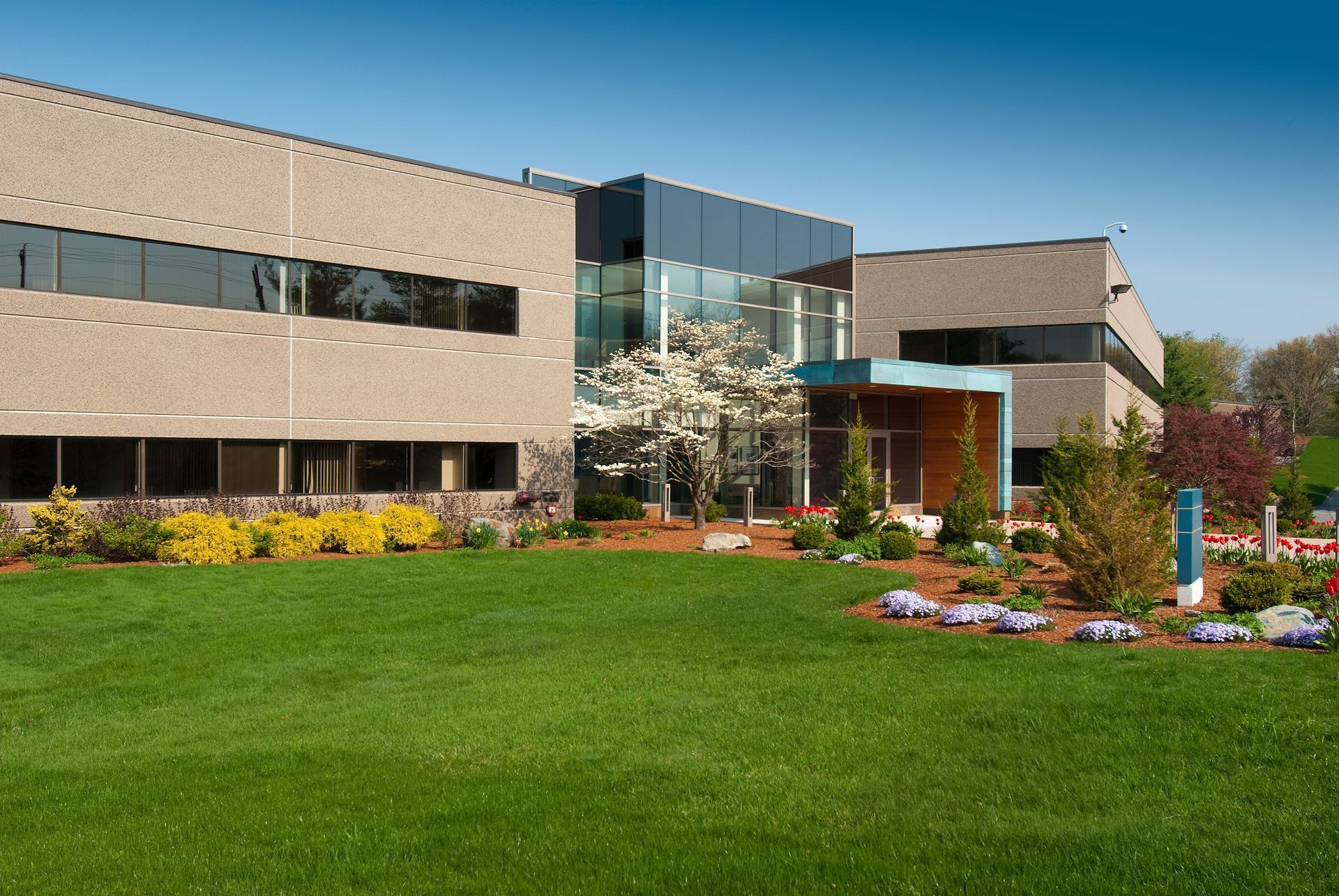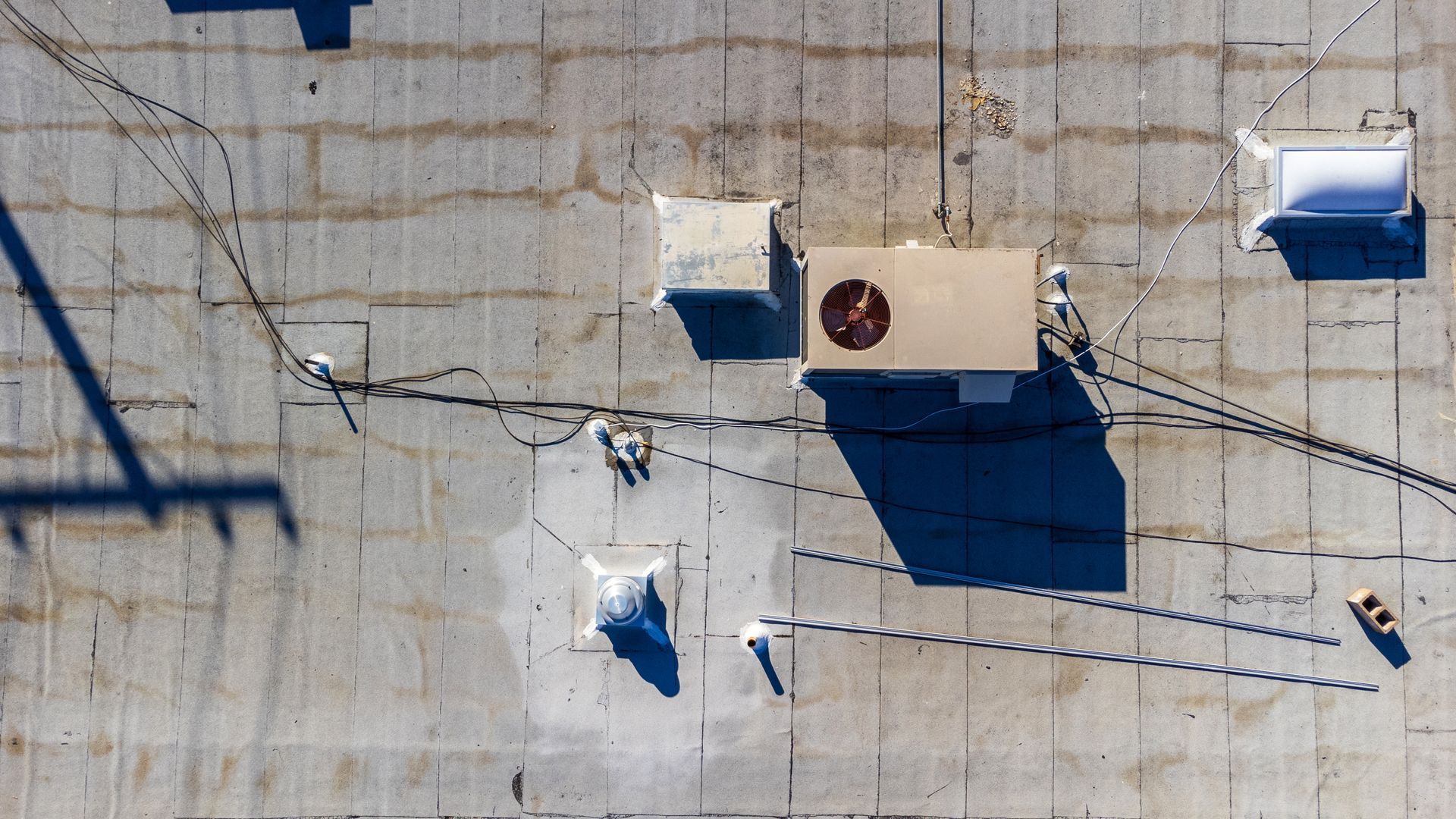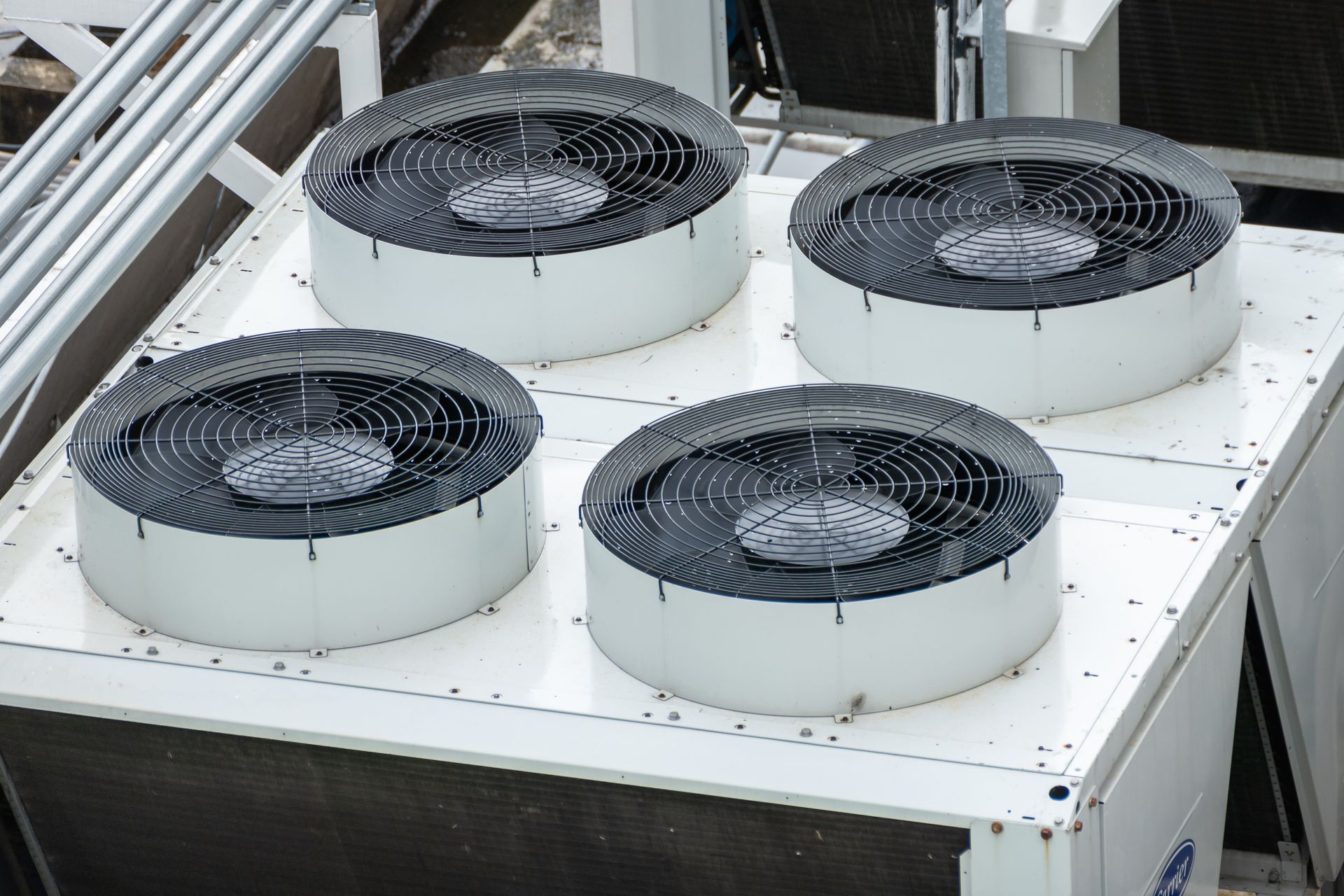Why Commercial HVAC Units Trip Breakers in the Summer and What to Do About It
Share
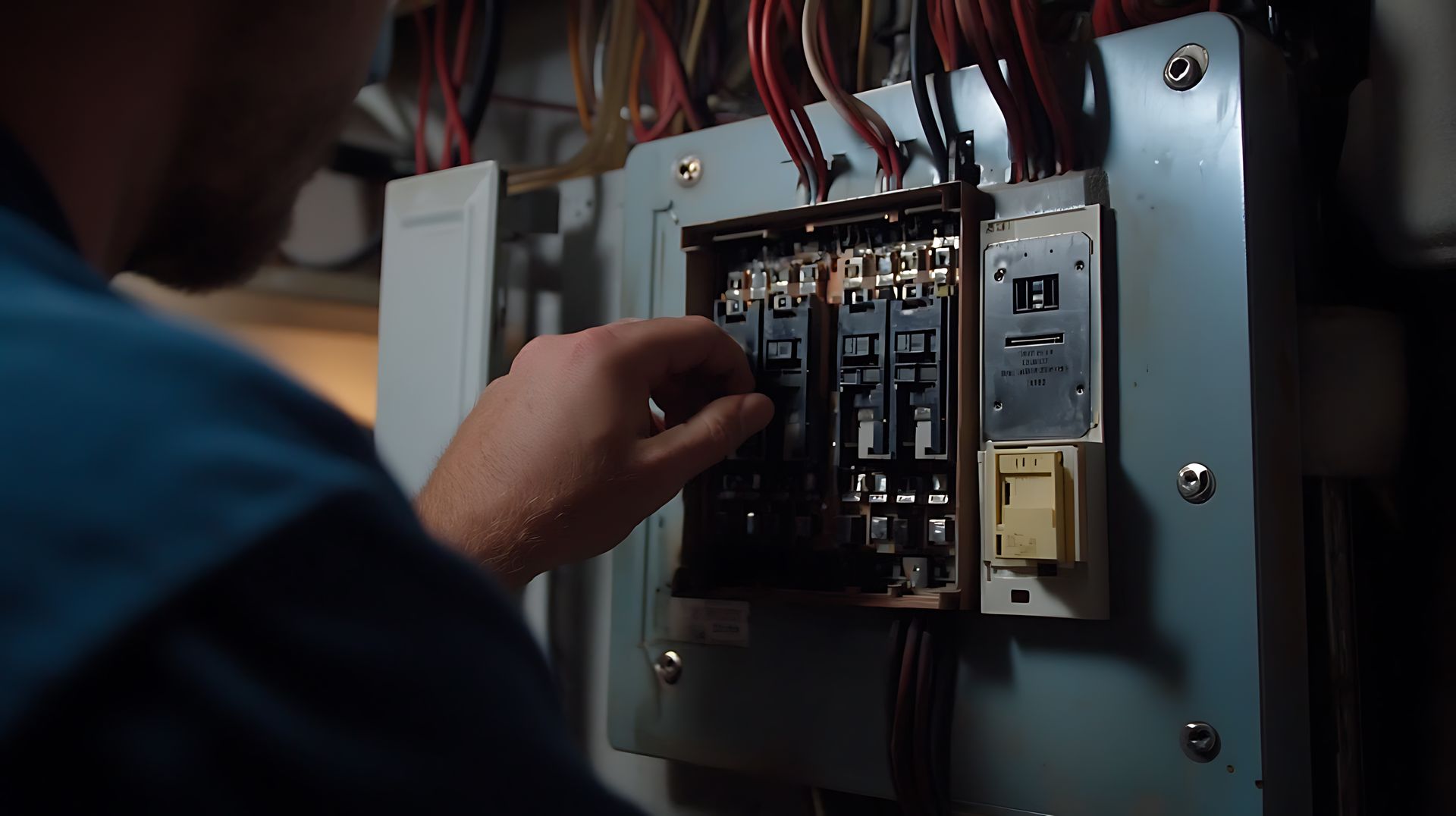
HVAC systems work much harder during summers in North Texas. For commercial-grade systems that carry a large load, that translates to a significant spike in current draw.
It’s unsurprising that one of the most common calls commercial HVAC contractors receive in the summer is about units repeatedly tripping breakers. These issues are often not indicative of a problem with service panels or breakers, but rather a symptom of mechanical strain, airflow problems or neglected maintenance.
Why Breakers Trip
Commercial HVAC systems draw a lot of power, especially during startup. A circuit breaker is designed to protect your system by cutting off power when current exceeds safe limits. If the unit’s normal operation crosses that threshold, the breaker trips to prevent overheating, fire or equipment damage.
A single breaker trip isn’t always cause for concern. But if your unit trips repeatedly, especially during hot afternoons or under high load, there’s likely an underlying issue that needs attention.
Common Reasons Commercial HVAC Units Trip Breakers in Summer
- Dirty Coils or Air Filters:
Restricted airflow is one of the most frequent culprits. When filters are clogged or coils are coated with dirt and debris, the system has to work harder to move air. This puts strain on the compressor and blower motor, which may draw more current than the breaker is rated for.
- Failing Compressor:
Summer is peak workload season for HVAC compressors in Arlington. If a compressor is failing or seizing up under load, it may draw excess amperage during startup. That surge can trip the breaker, especially if the system is short cycling or running continuously due to poor airflow or improper sizing.
- Electrical Problems:
Loose connections, aging contactors or damaged wiring can increase resistance and create heat. That added resistance can cause current spikes that trip the breaker even if the equipment itself is functioning normally. Summer heat can also exacerbate minor electrical faults.
- Low Refrigerant:
In addition to affecting cooling performance, low refrigerant levels cause the compressor to run under stress. This can trigger an overcurrent situation during startup or while trying to keep up with demand. Many commercial buildings won’t notice a refrigerant issue until the load increases during the summer.
- Oversized Units or Poorly Balanced Loads: In some commercial spaces, especially those with recent renovations or added zones, the HVAC system may not be matched to the actual cooling load. If too many zones are relying on a single rooftop unit, the equipment may run continuously, short cycle or start and stop erratically, all of which can lead to breaker trips.
What to Do When Breakers Trip
If your HVAC system trips a breaker more than once in a brief period, don’t just reset it and move on, or assume it will resolve when temperatures drop. Repeated tripping is a warning sign that your system is under unusual strain. Continuing to operate it without inspection can lead to compressor failure or even damage to your electrical system.
A licensed commercial HVAC technician can:
- Inspect the unit’s startup and operating amperage
- Clean coils, check filter condition and restore proper airflow
- Test refrigerant levels and compressor performance
- Identify failing components before they lead to full system failure
- Coordinate with electricians if a panel or breaker issue is suspected
In many cases, these issues can be addressed with minor repairs or maintenance. If the system is nearing the end of its service life, your technician may also recommend a phased replacement plan or zone rebalancing to reduce load.
Preventative Steps for Facility Managers
If you want to reduce the risk of mid-summer shutdowns, seasonal maintenance is key. A summer check-up before peak heat hits can catch many of the conditions that lead to breaker trips. This is especially important in systems that serve multiple zones or large square footage.
You should hold your commercial HVAC service provider accountable by confirming they are performing all the necessary maintenance steps to prevent current spikes. These tasks include:
- Changing filters on a planned schedule
- Cleaning coils on a regular schedule
- Calibrating thermostats and ensuring programming matches occupancy and usage patterns
- Checking units during peak load periods for signs of stress
Even a well-installed unit can fail prematurely if airflow, maintenance or load balancing aren’t addressed. The team at Tom’s Commercial can help with diagnostics and maintenance to ensure your tripped breakers aren’t just one symptom of more serious HVAC issues. Call us at 817-857-7400 to schedule a service visit.

